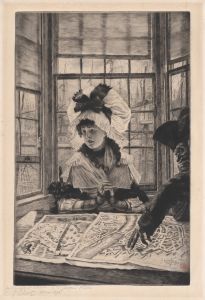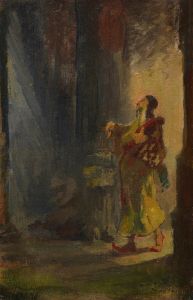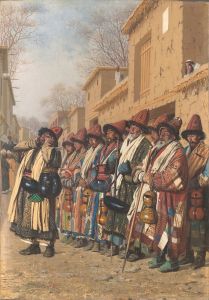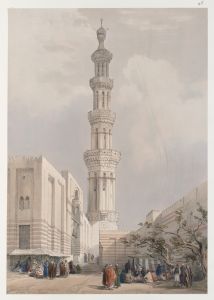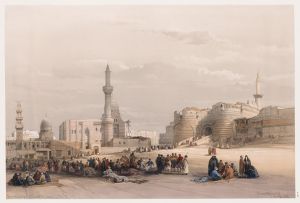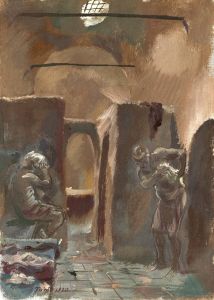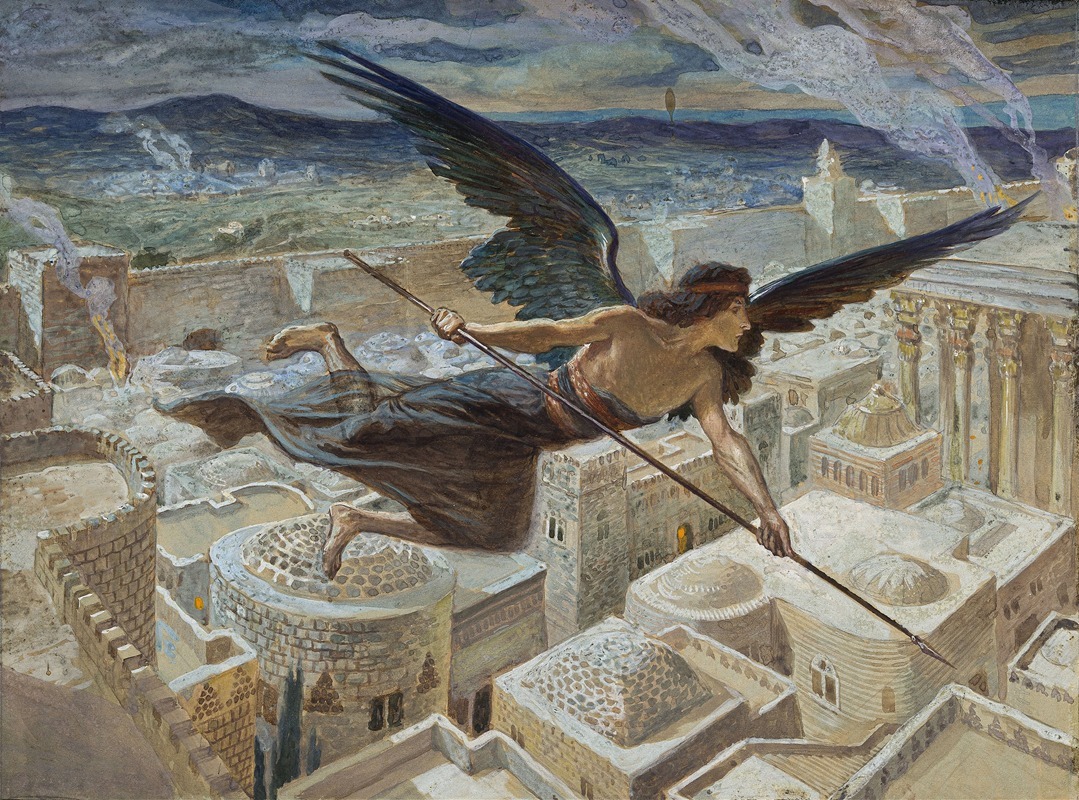
The Slaying of the Assyrians
A hand-painted replica of James Tissot’s masterpiece The Slaying of the Assyrians, meticulously crafted by professional artists to capture the true essence of the original. Each piece is created with museum-quality canvas and rare mineral pigments, carefully painted by experienced artists with delicate brushstrokes and rich, layered colors to perfectly recreate the texture of the original artwork. Unlike machine-printed reproductions, this hand-painted version brings the painting to life, infused with the artist’s emotions and skill in every stroke. Whether for personal collection or home decoration, it instantly elevates the artistic atmosphere of any space.
James Tissot's painting "The Slaying of the Assyrians" is a notable work that depicts a dramatic biblical event. James Tissot, a French painter and illustrator, is renowned for his detailed and vivid biblical illustrations. This particular painting is part of his extensive series illustrating the Bible, which he worked on during the latter part of his career.
"The Slaying of the Assyrians" illustrates a scene from the Old Testament, specifically from the Book of 2 Kings. The narrative describes the miraculous defeat of the Assyrian army, which had besieged Jerusalem during the reign of King Hezekiah. According to the biblical account, the Assyrian King Sennacherib threatened Jerusalem, but an angel of the Lord intervened, striking down 185,000 Assyrian soldiers in a single night, thus saving the city from destruction.
Tissot's painting captures the aftermath of this divine intervention. His work is characterized by meticulous attention to detail and historical accuracy, reflecting his extensive research into the clothing, architecture, and customs of the period. Tissot traveled to the Middle East to gain a better understanding of the landscapes and cultures he depicted in his biblical series, lending authenticity to his work.
In "The Slaying of the Assyrians," Tissot employs a dramatic composition to convey the scale and impact of the event. The painting likely features the fallen Assyrian soldiers, emphasizing the power of divine intervention and the deliverance of Jerusalem. Tissot's use of color and light would have been intended to highlight the contrast between the lifeless soldiers and the city they failed to conquer.
James Tissot's biblical series, including "The Slaying of the Assyrians," was well-received for its vivid storytelling and attention to detail. His works were exhibited in Paris and London, attracting significant public interest. Tissot's approach to biblical scenes was unique for his time, as he combined a narrative style with a focus on historical and cultural accuracy.
The painting is part of Tissot's larger collection of biblical illustrations, which includes over 350 works. These paintings were later compiled into a series of volumes known as "The Life of Christ" and "The Old Testament," which have been influential in both religious and art historical contexts. Tissot's biblical illustrations continue to be appreciated for their artistic merit and their contribution to the visual interpretation of biblical stories.
Overall, "The Slaying of the Assyrians" exemplifies James Tissot's dedication to bringing biblical narratives to life through art. His work remains a significant contribution to religious art, offering viewers a window into the dramatic and miraculous events of the Bible through the lens of a 19th-century artist deeply committed to his subject matter.










